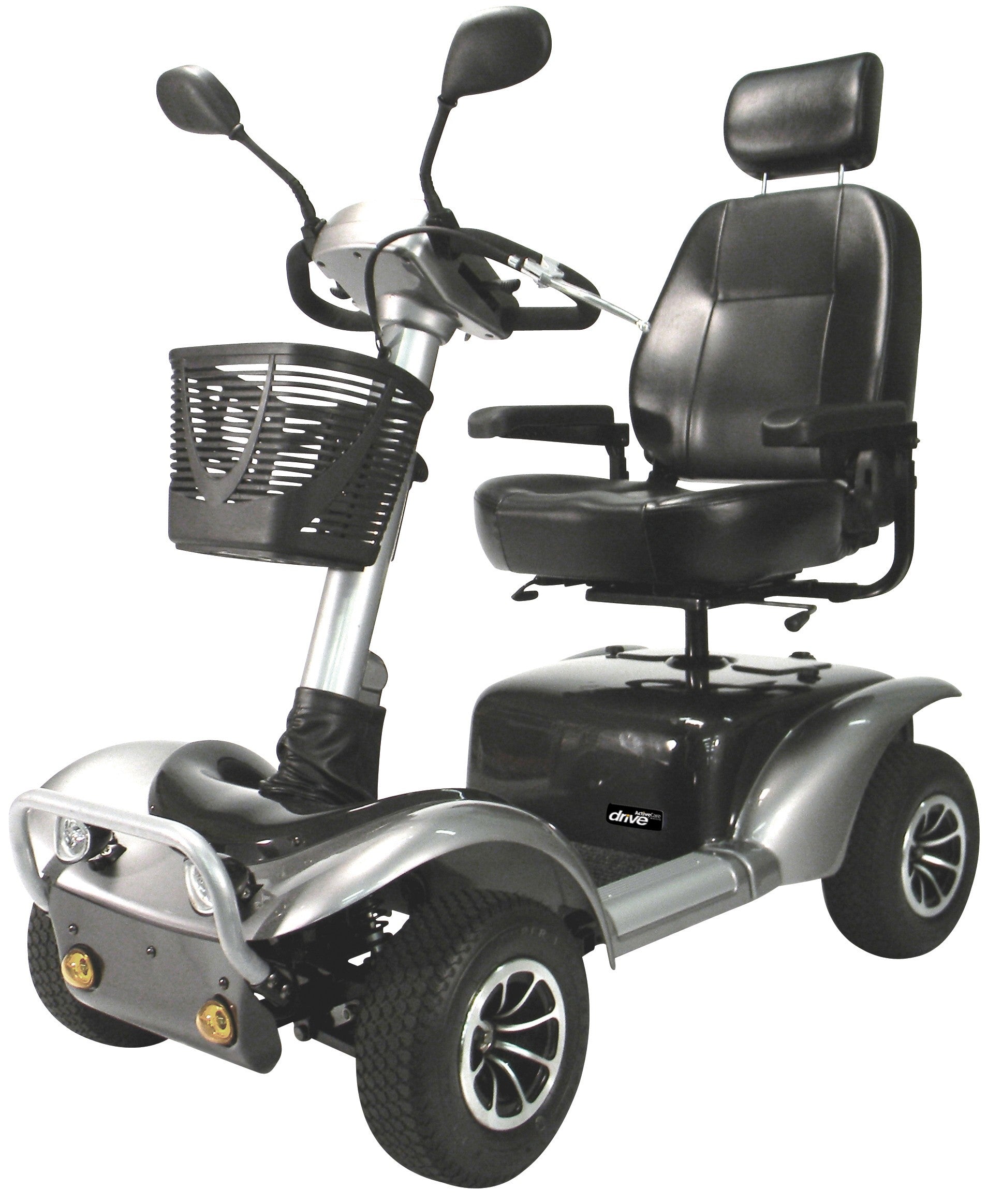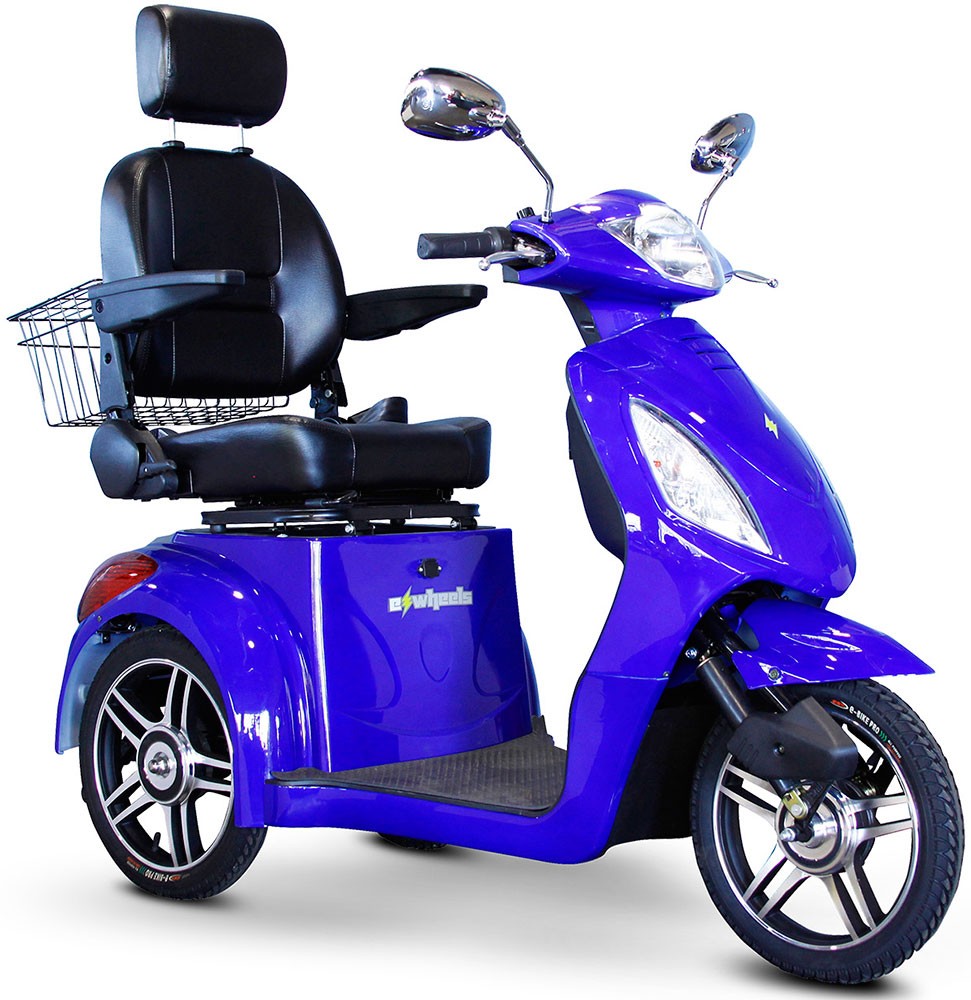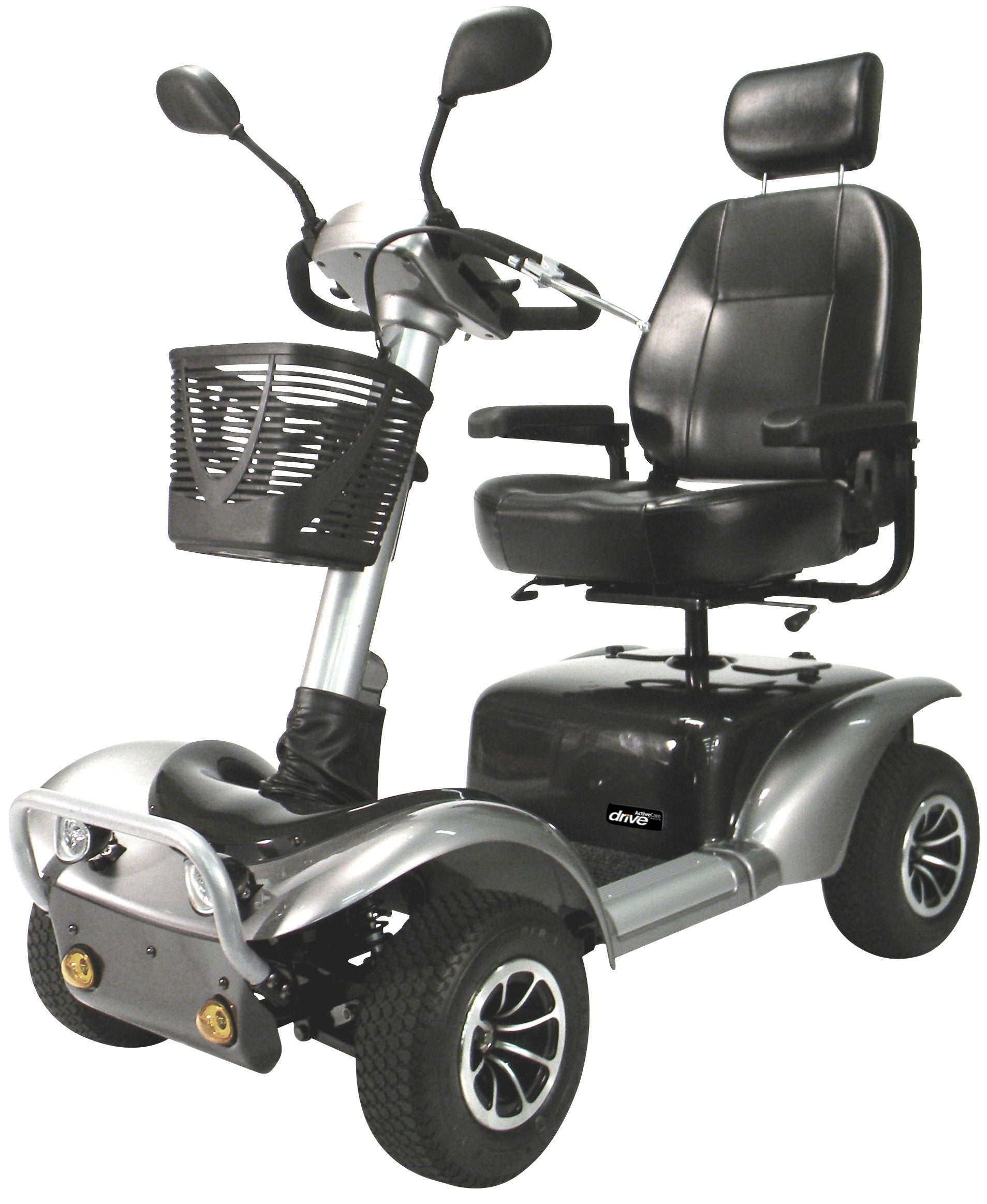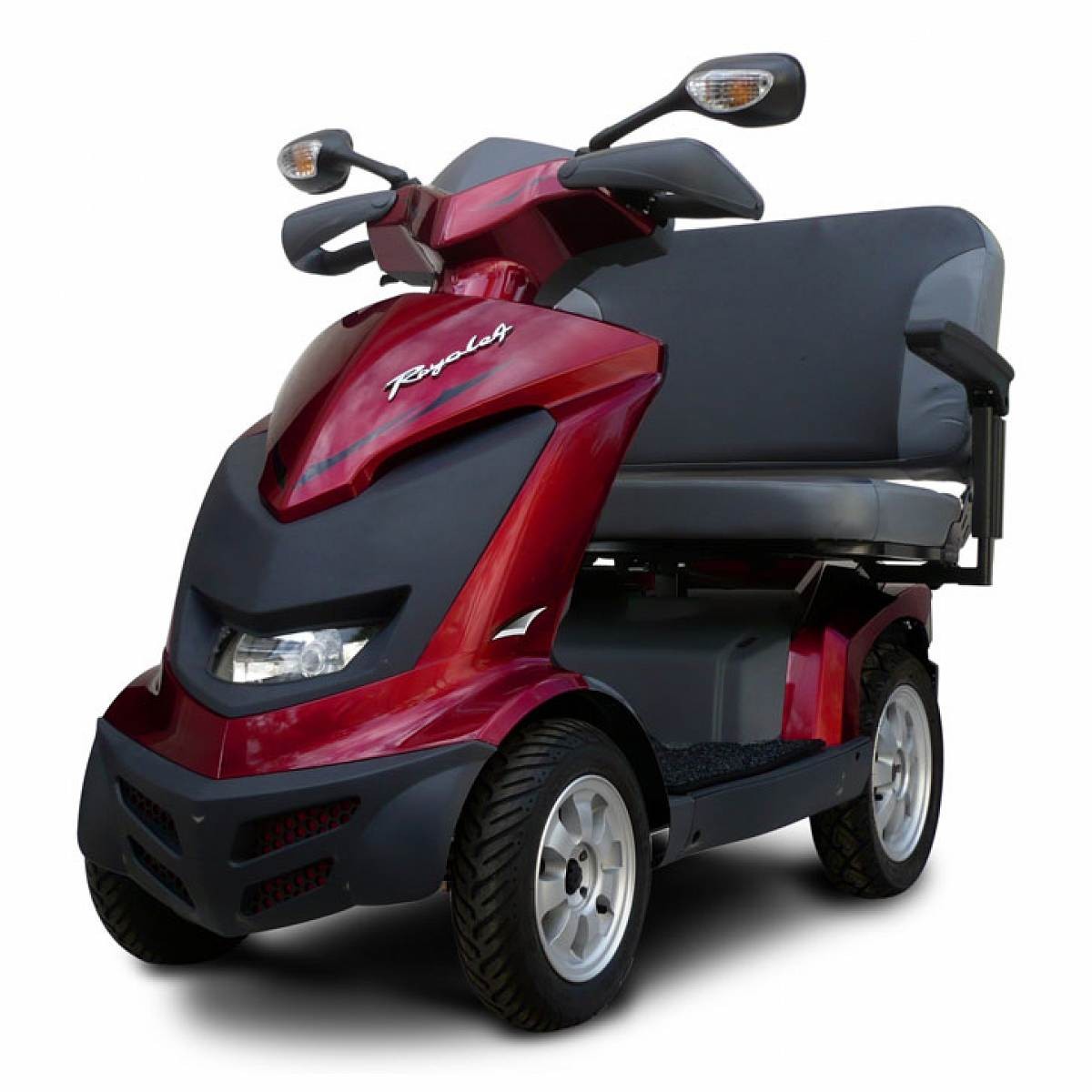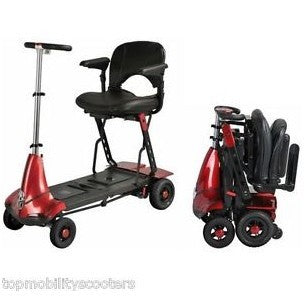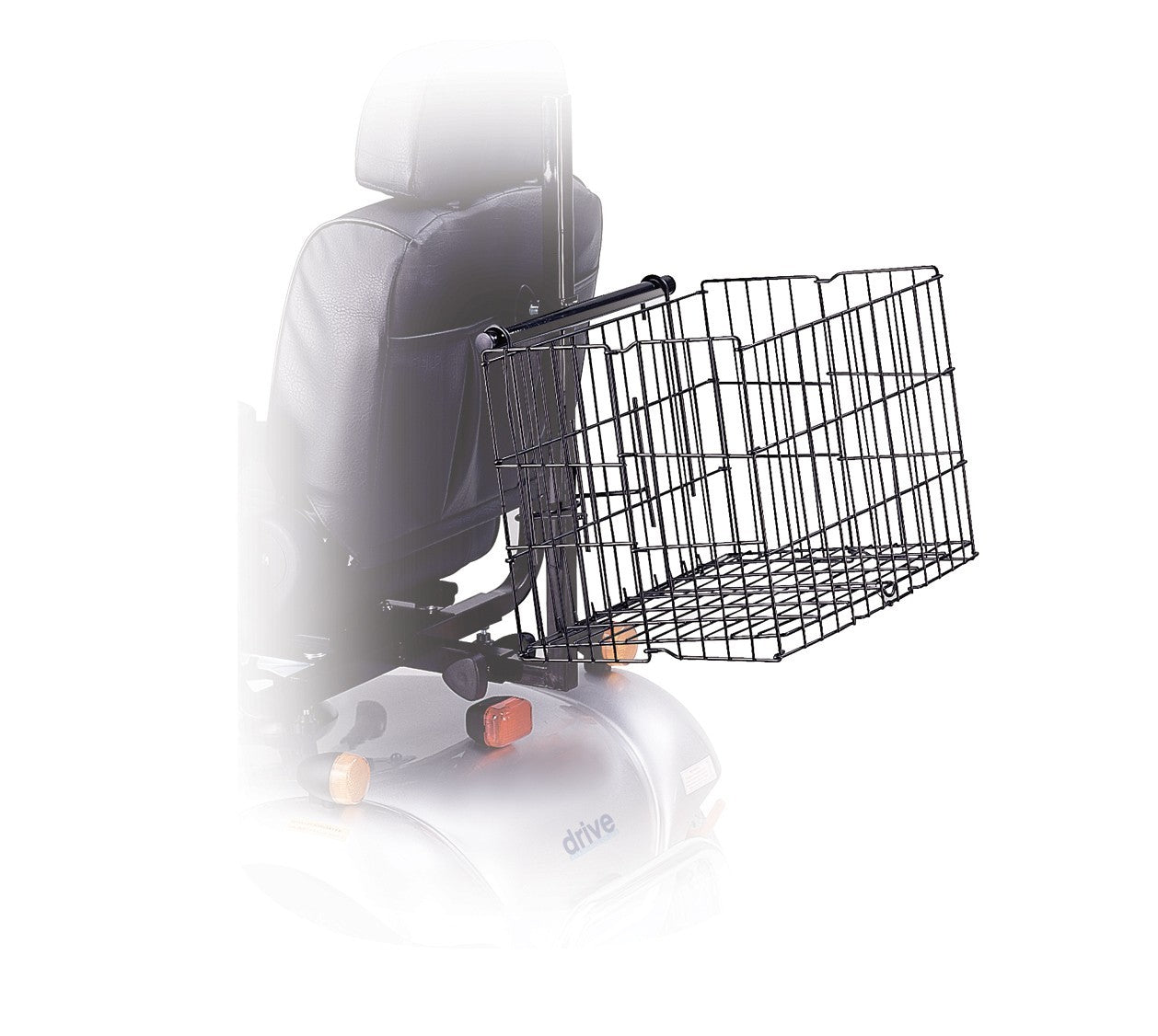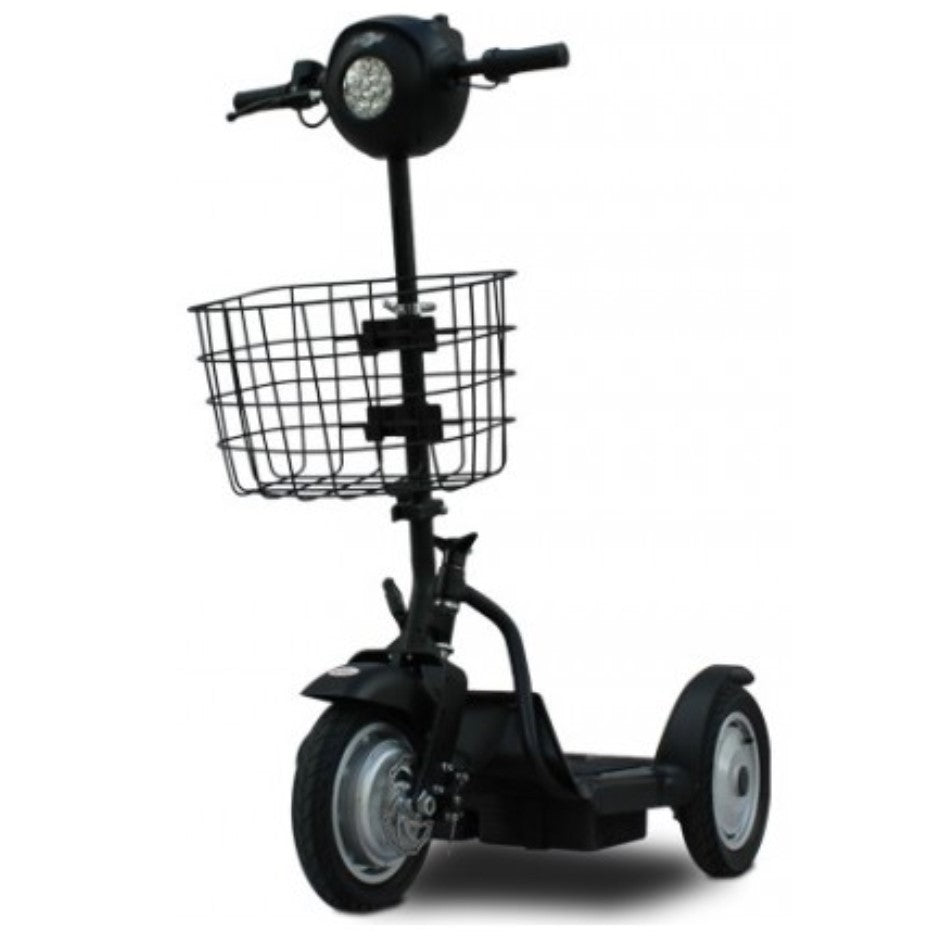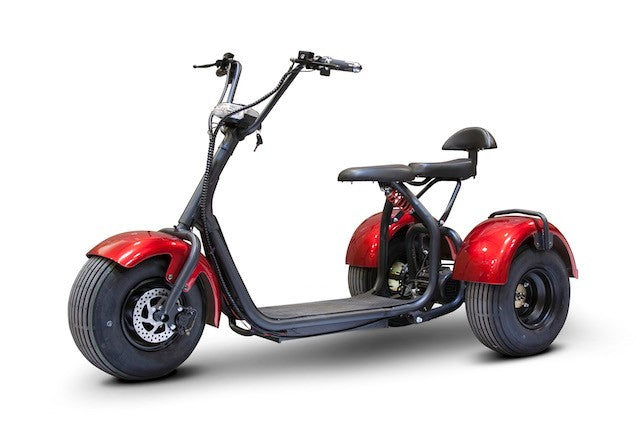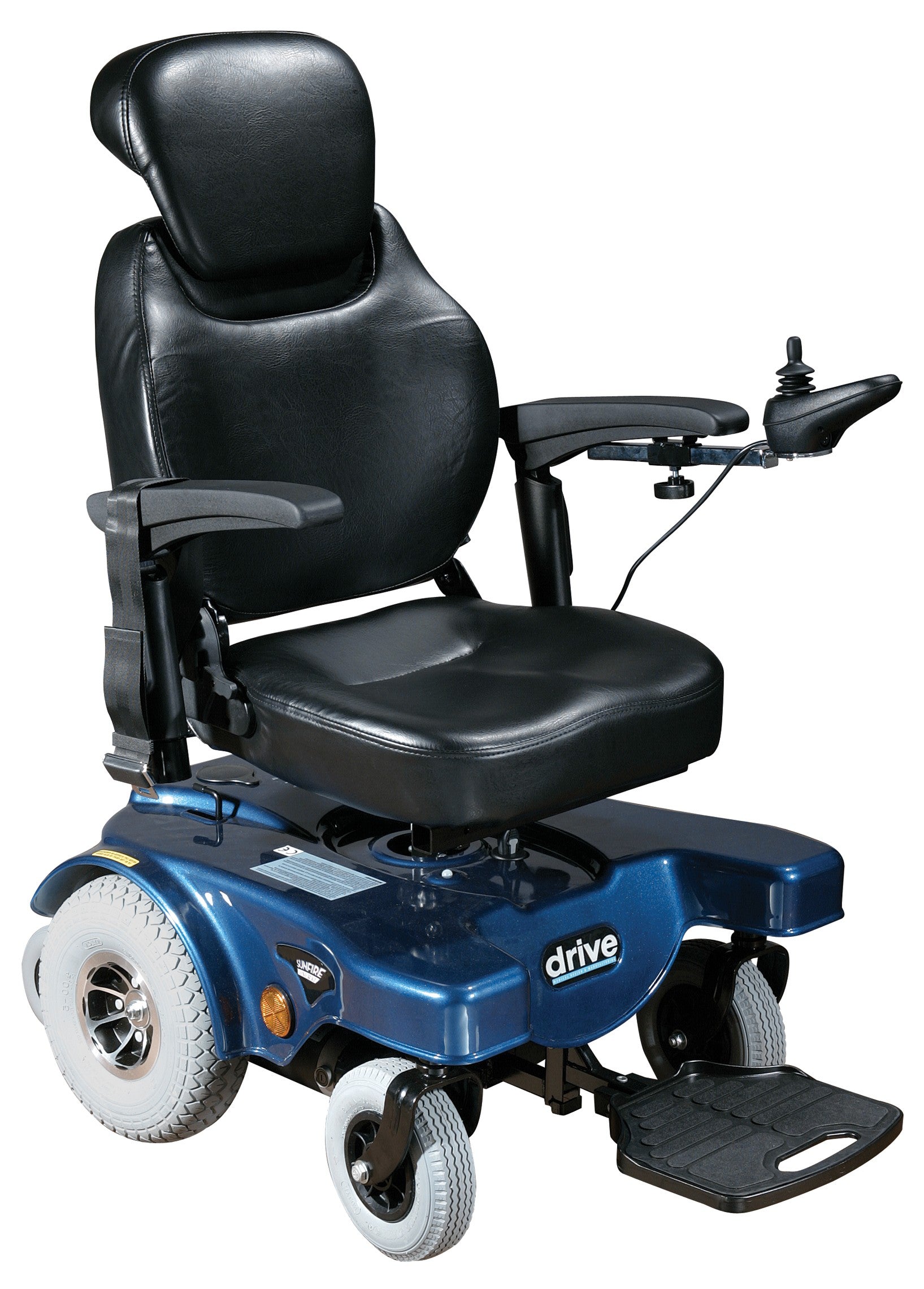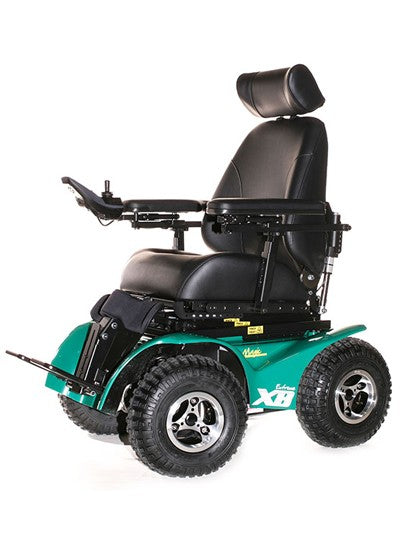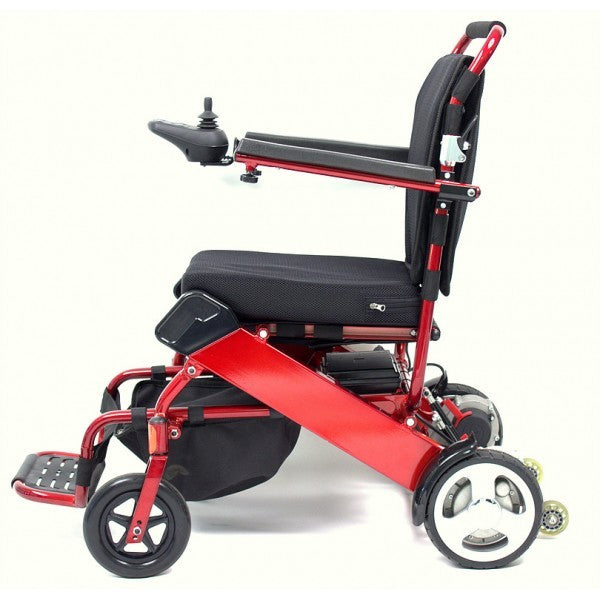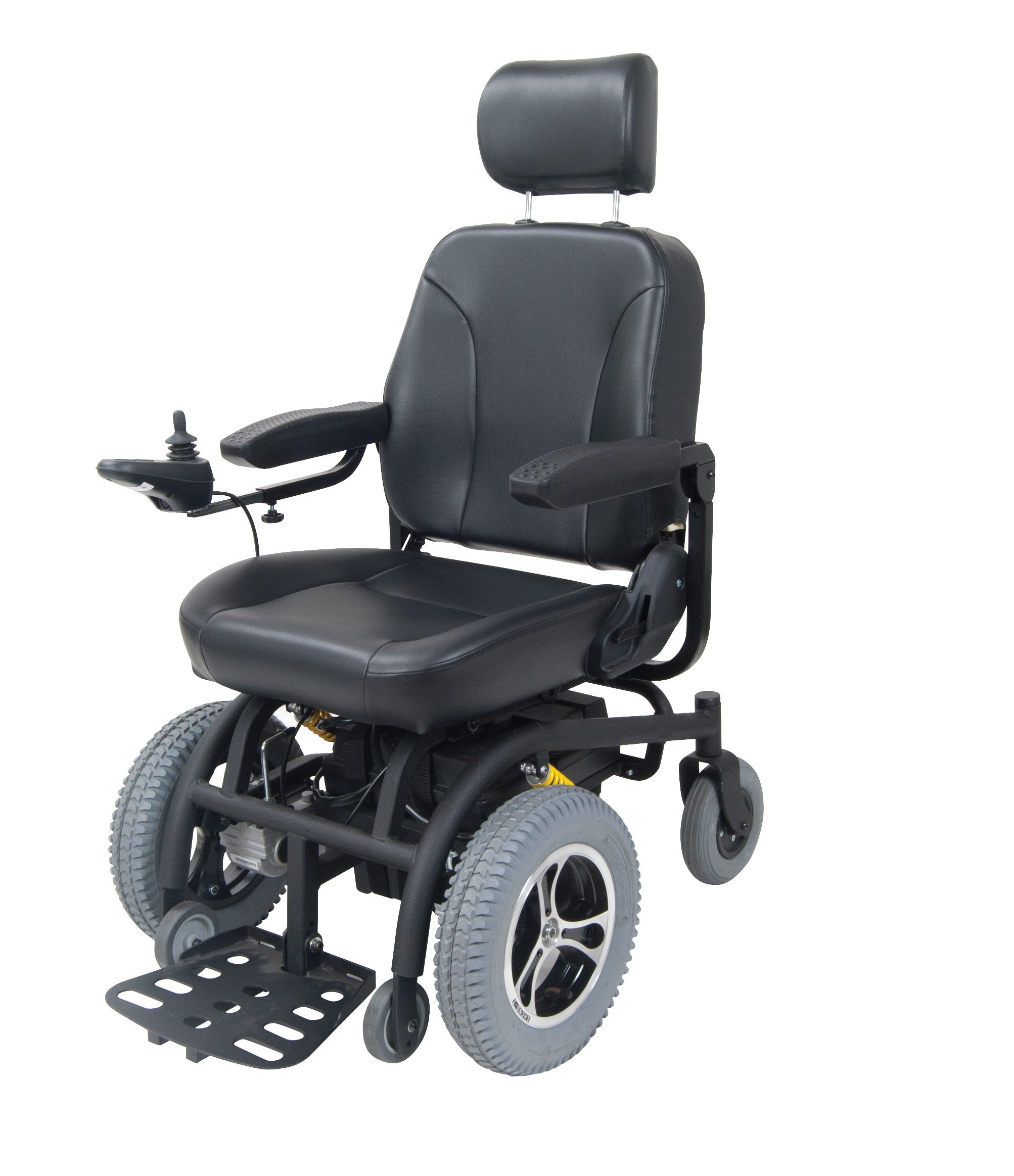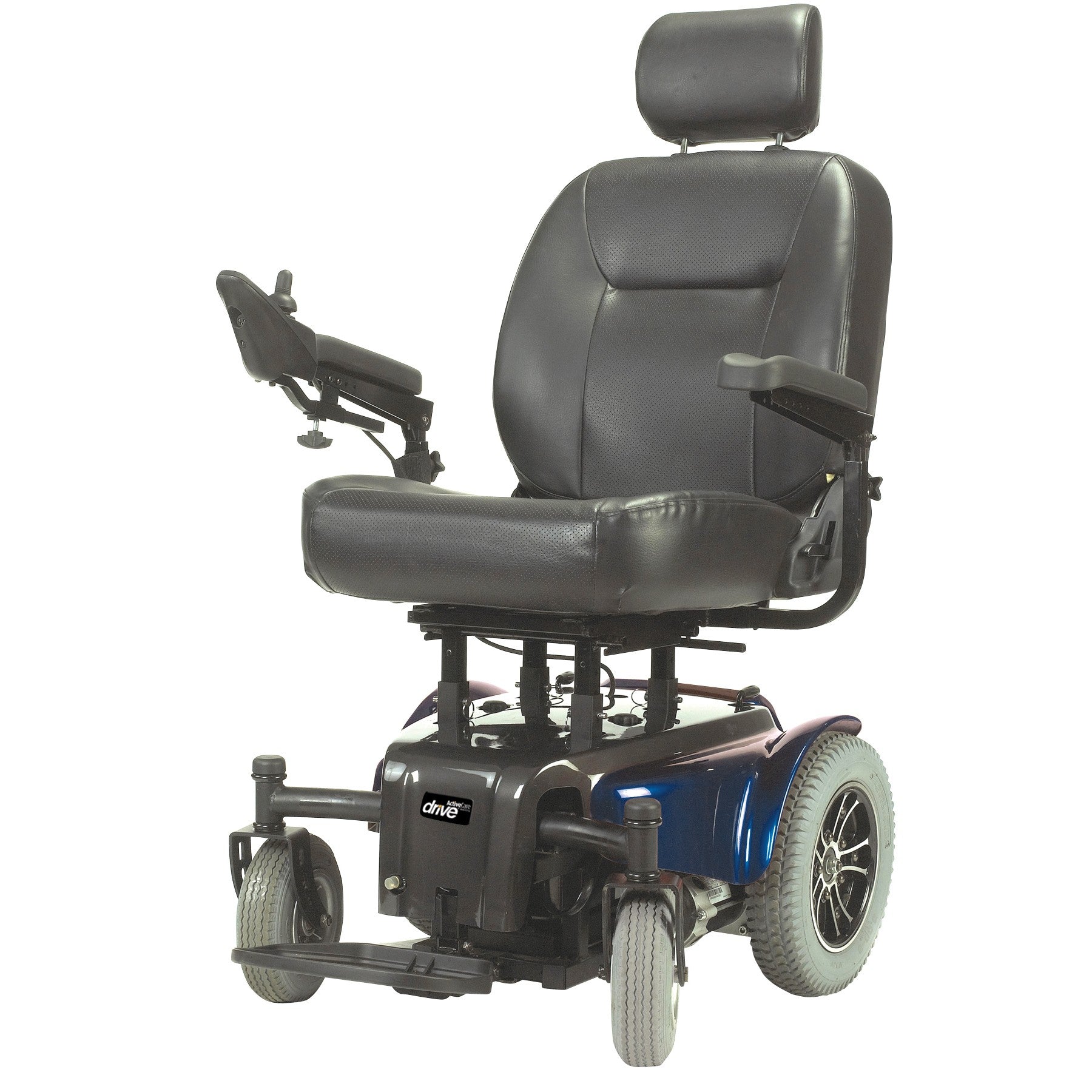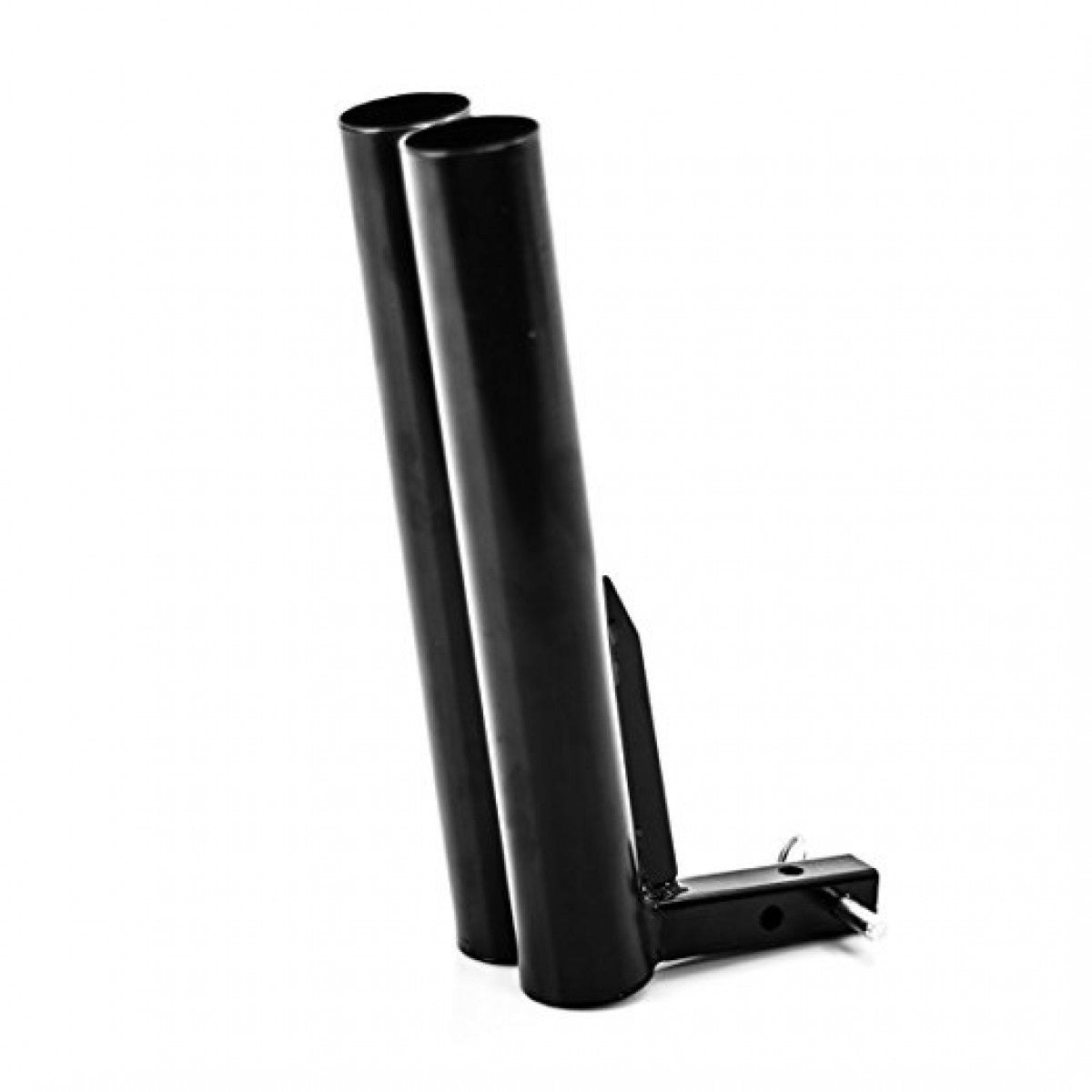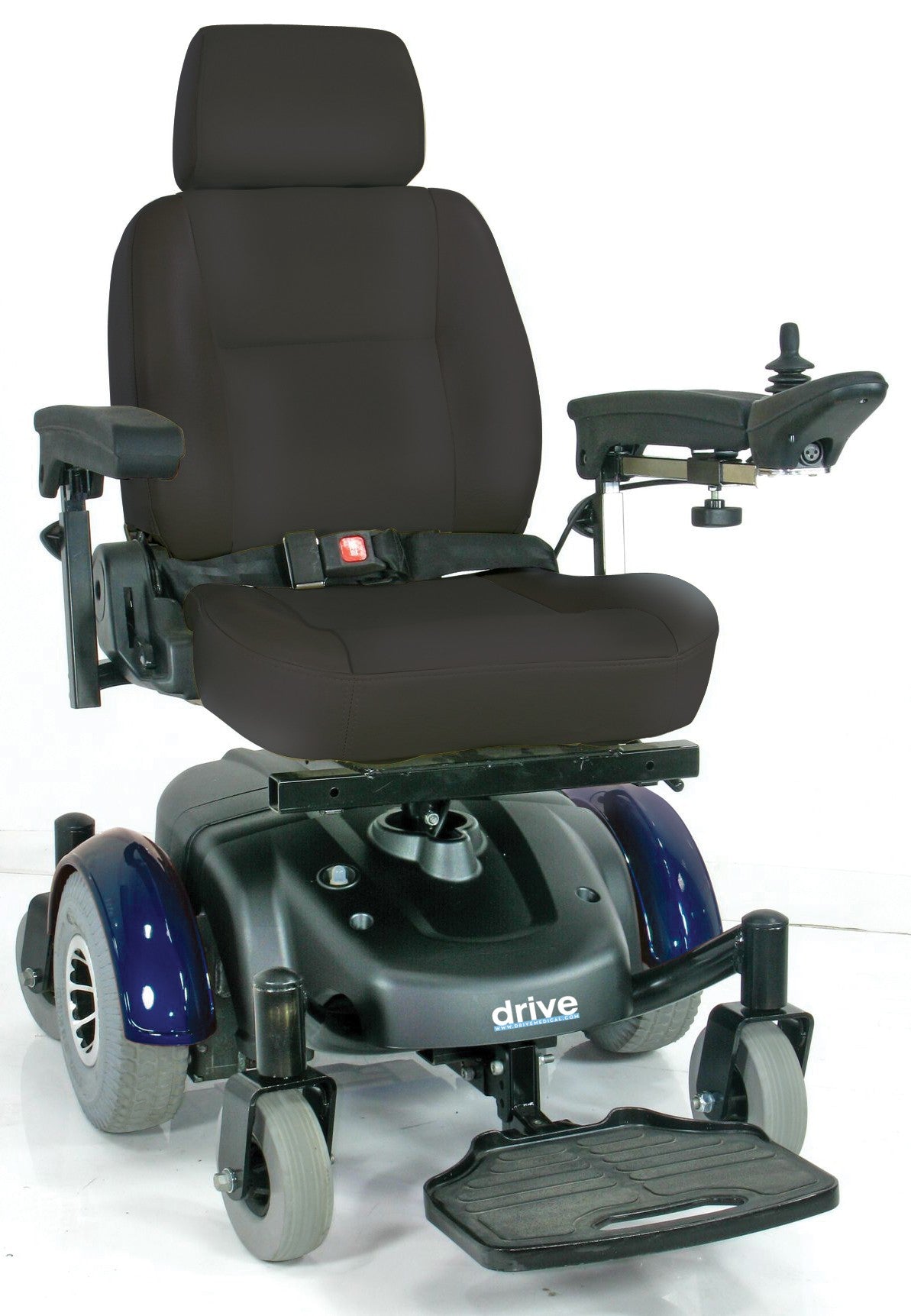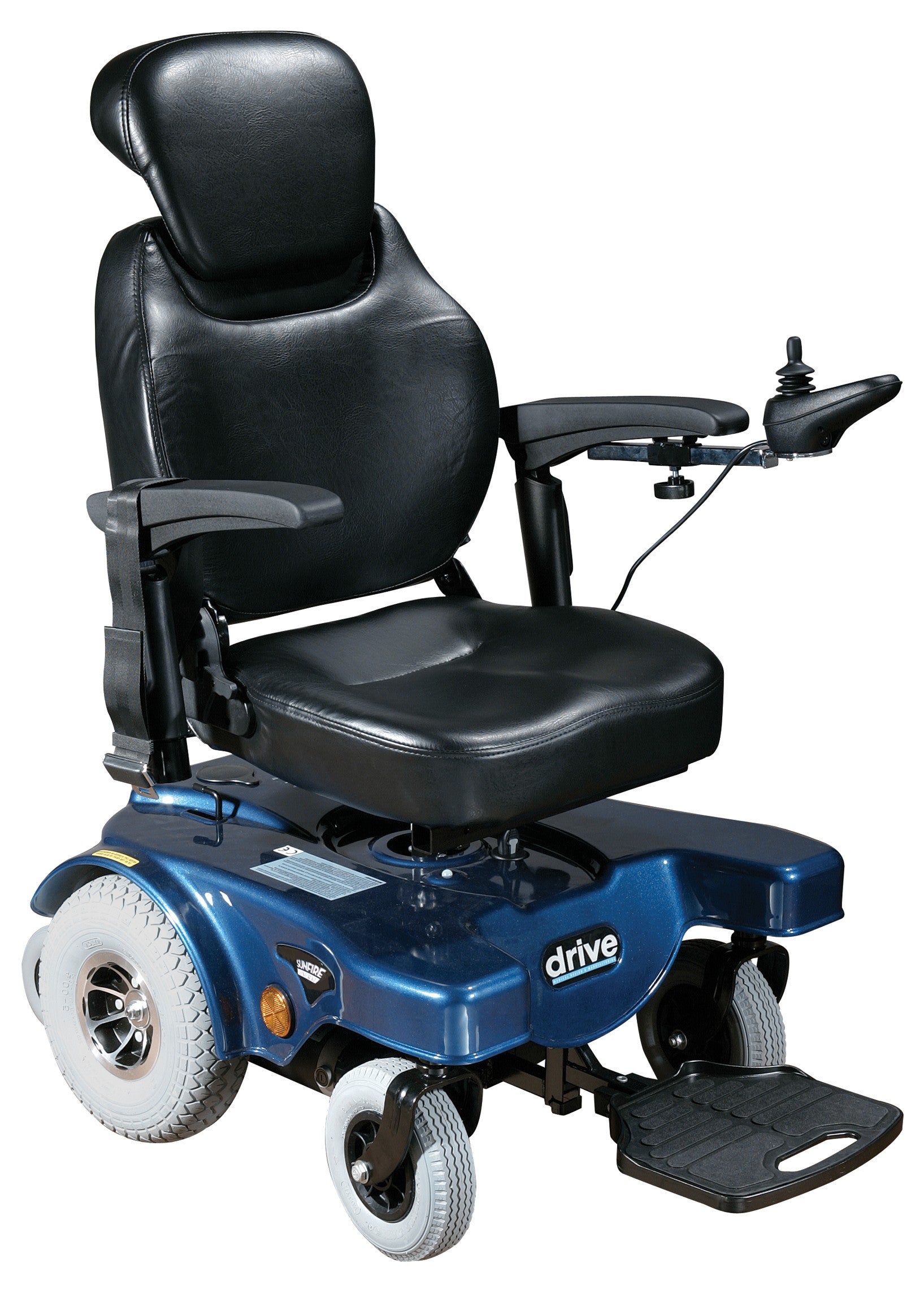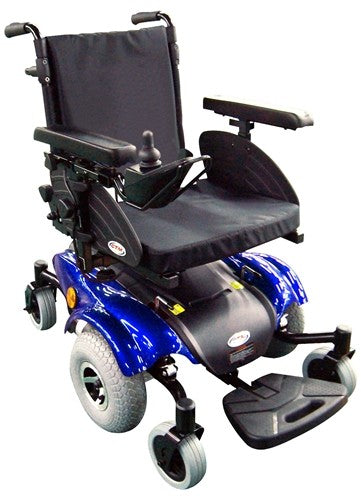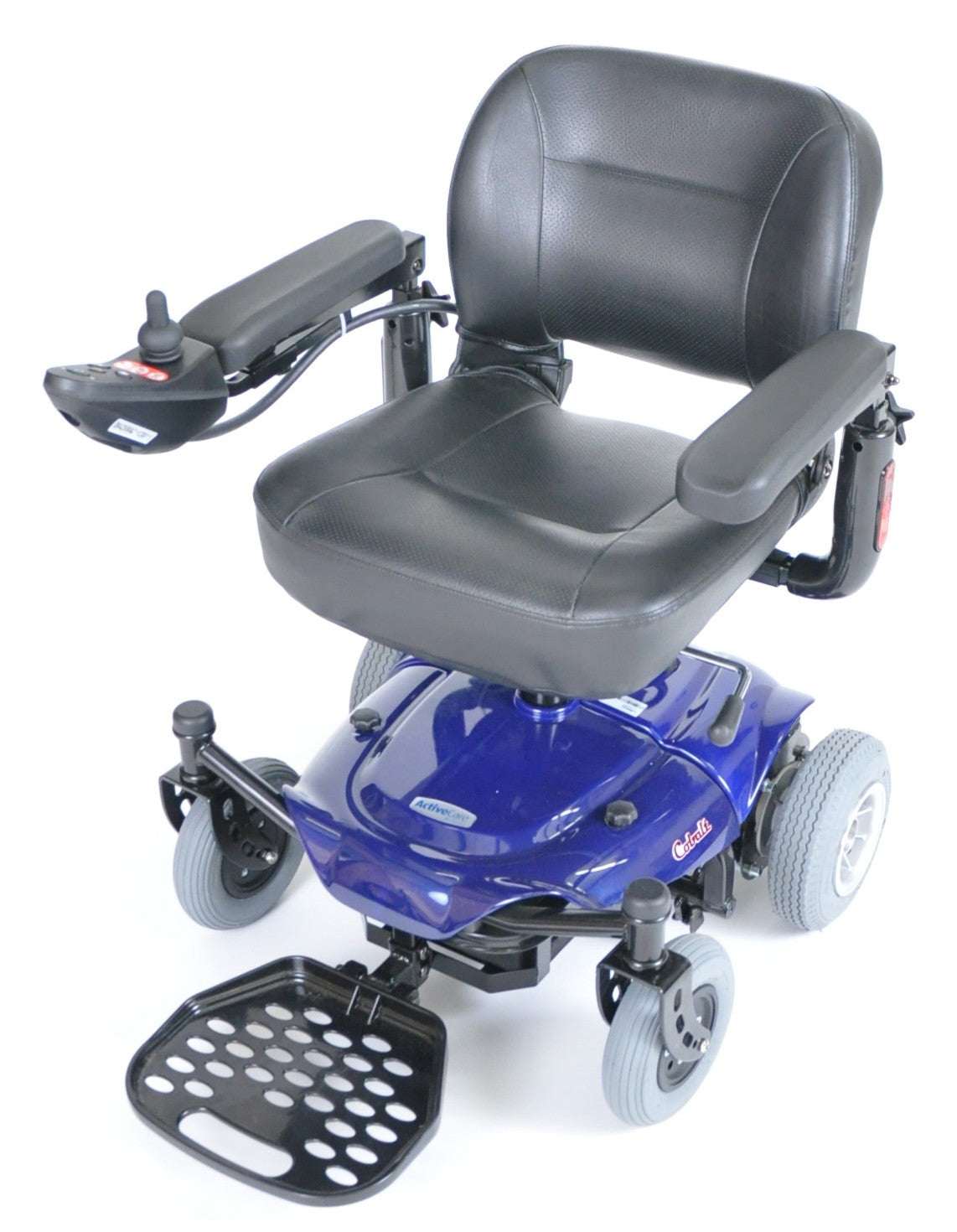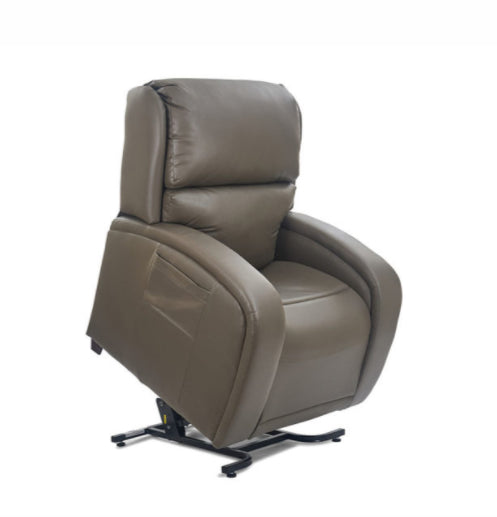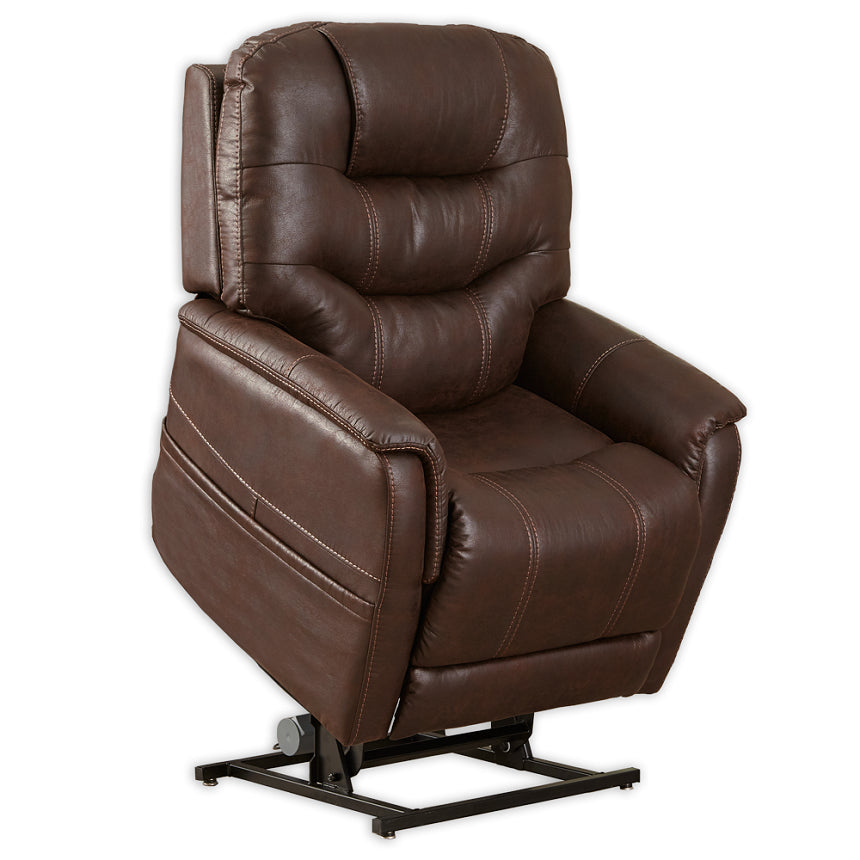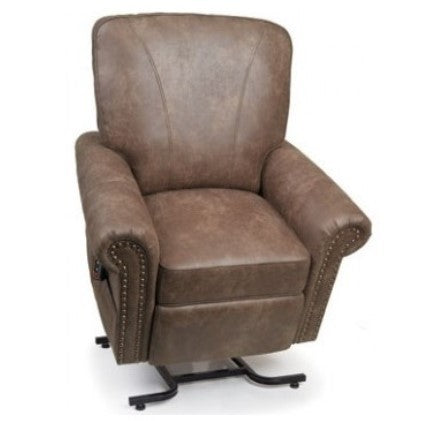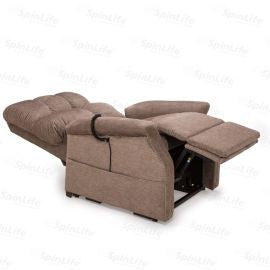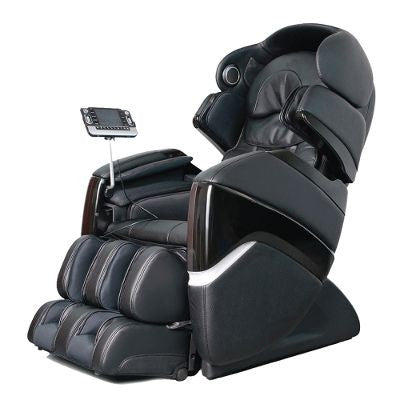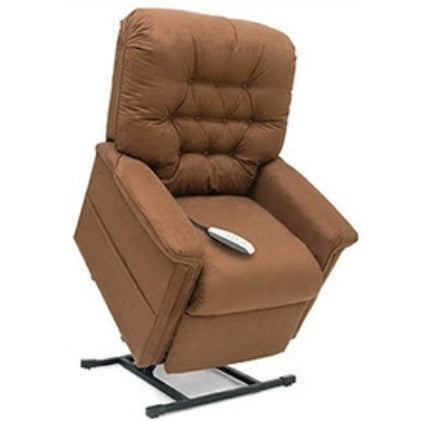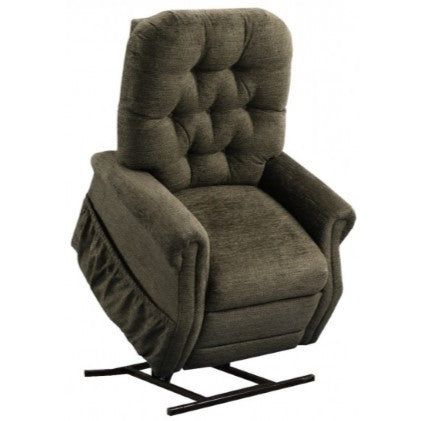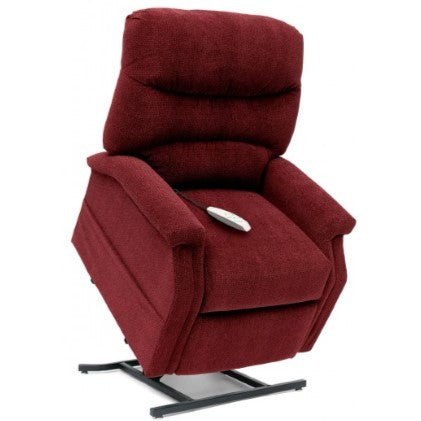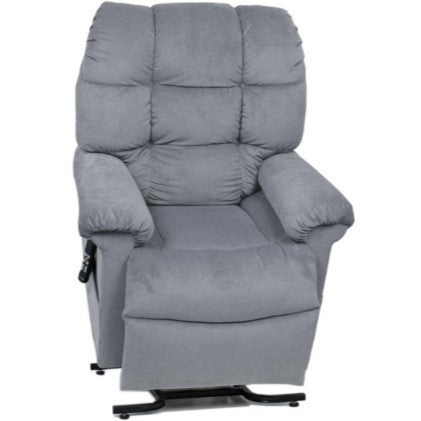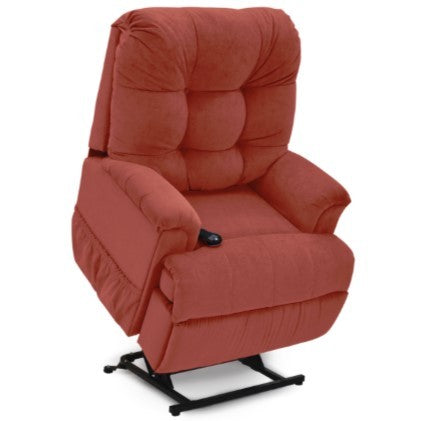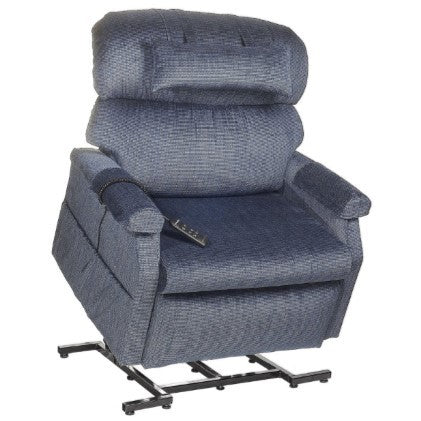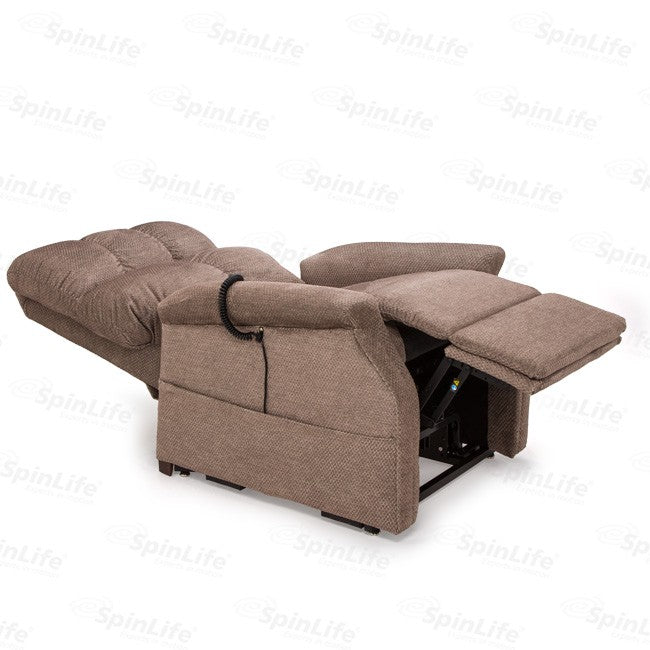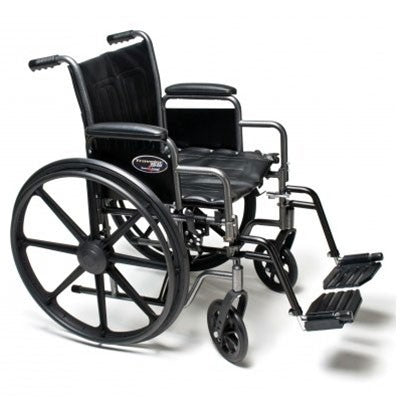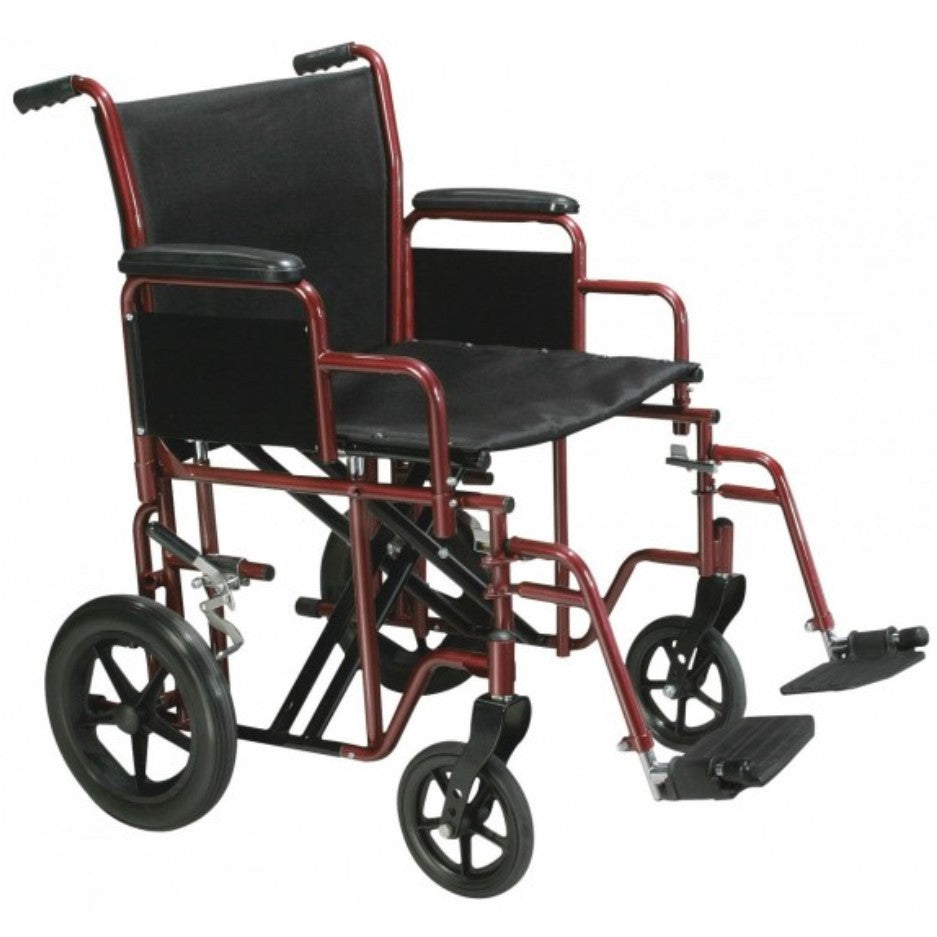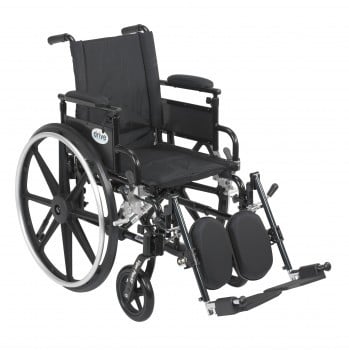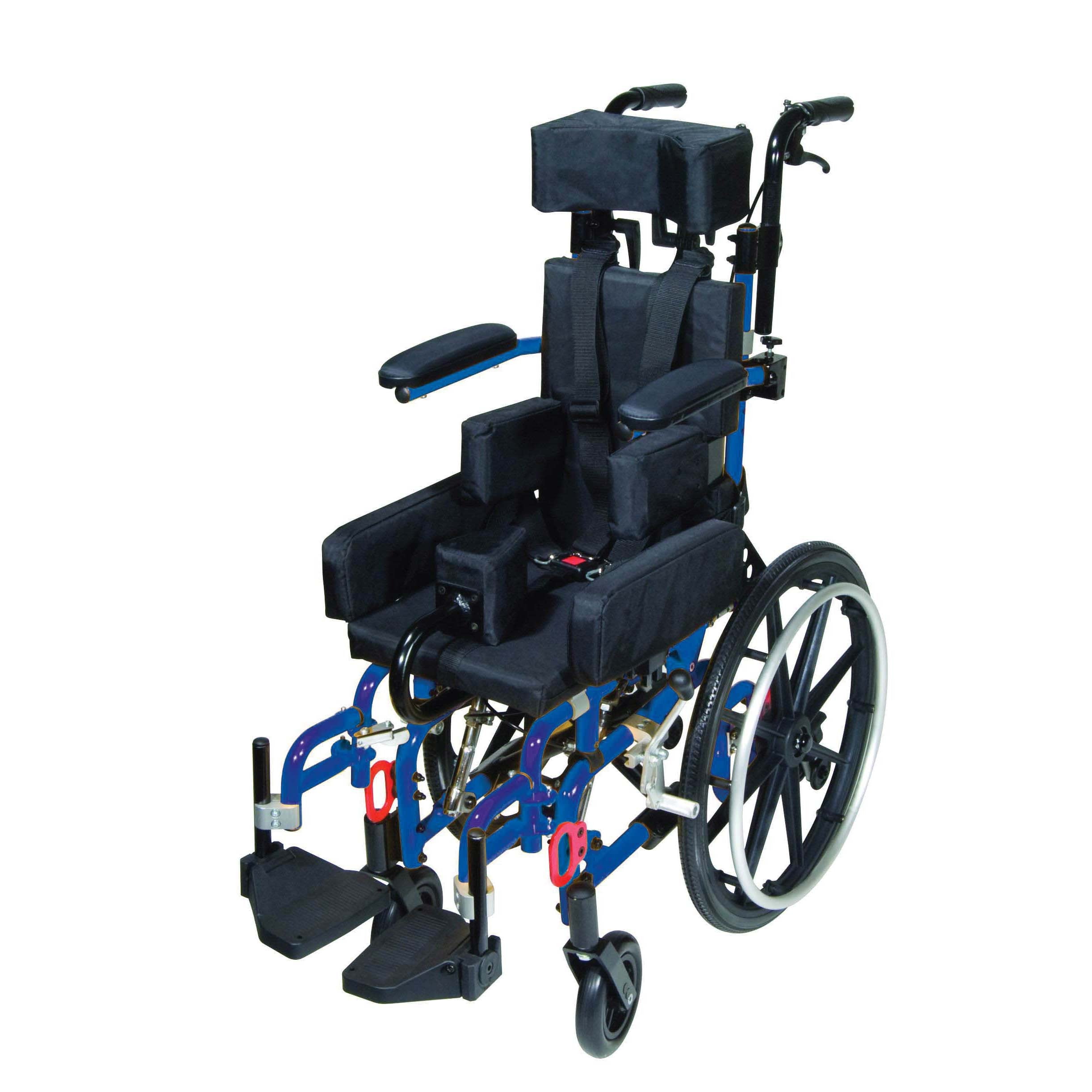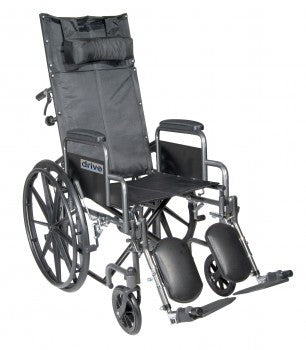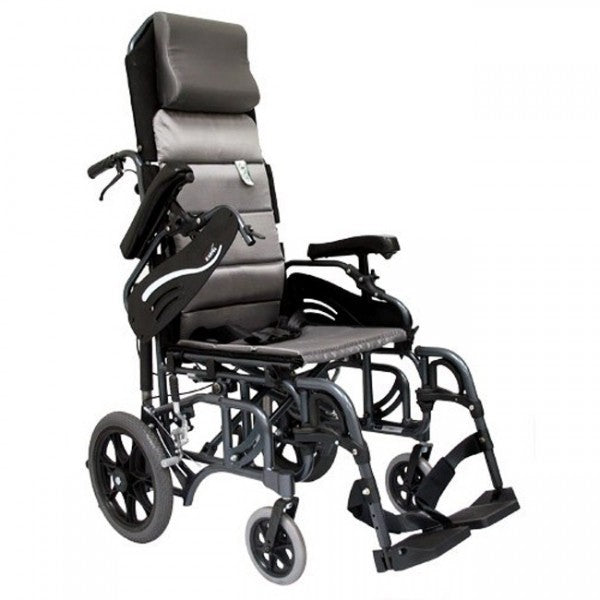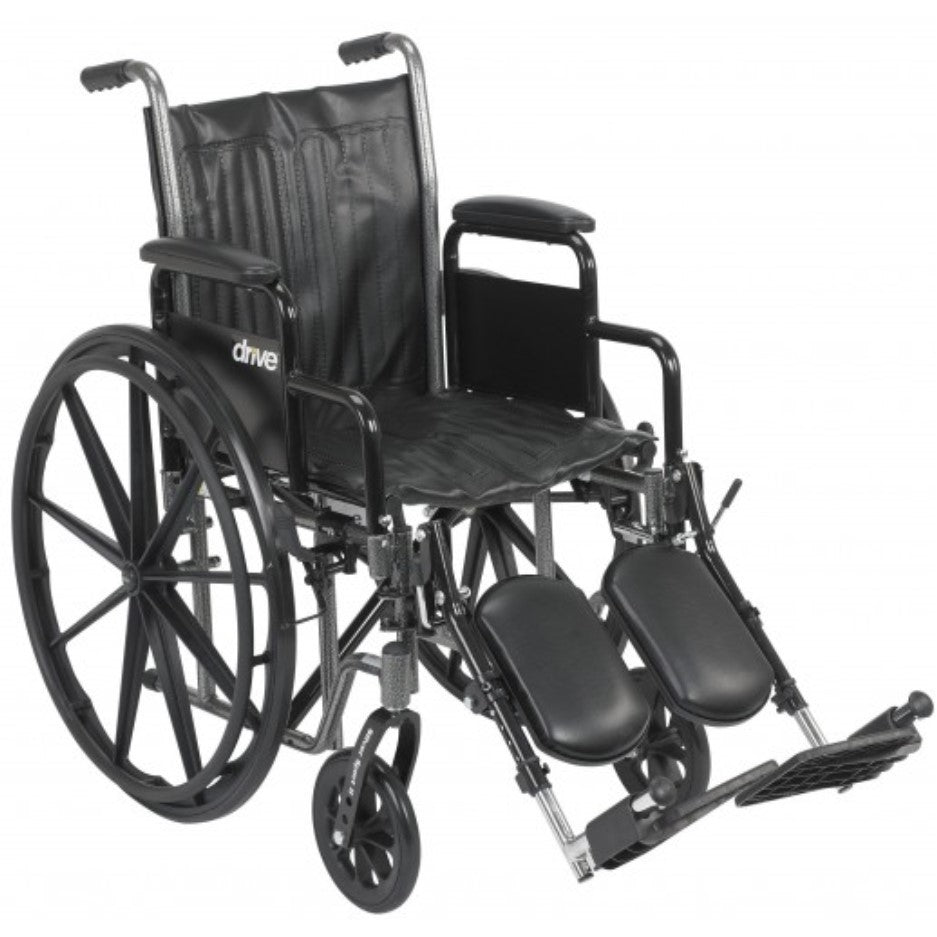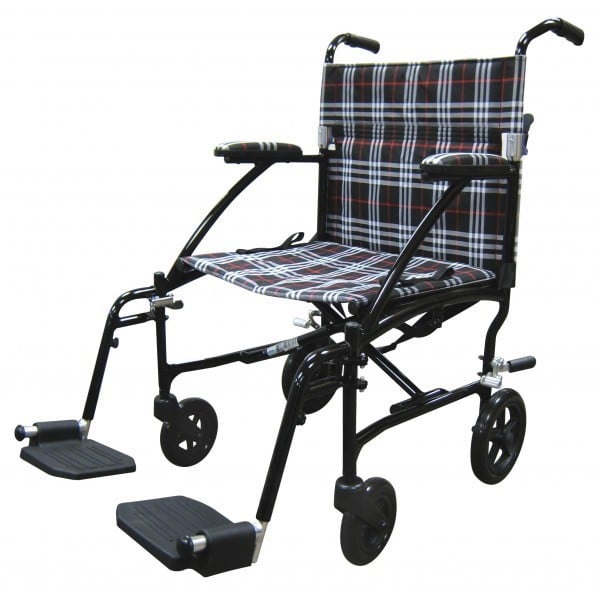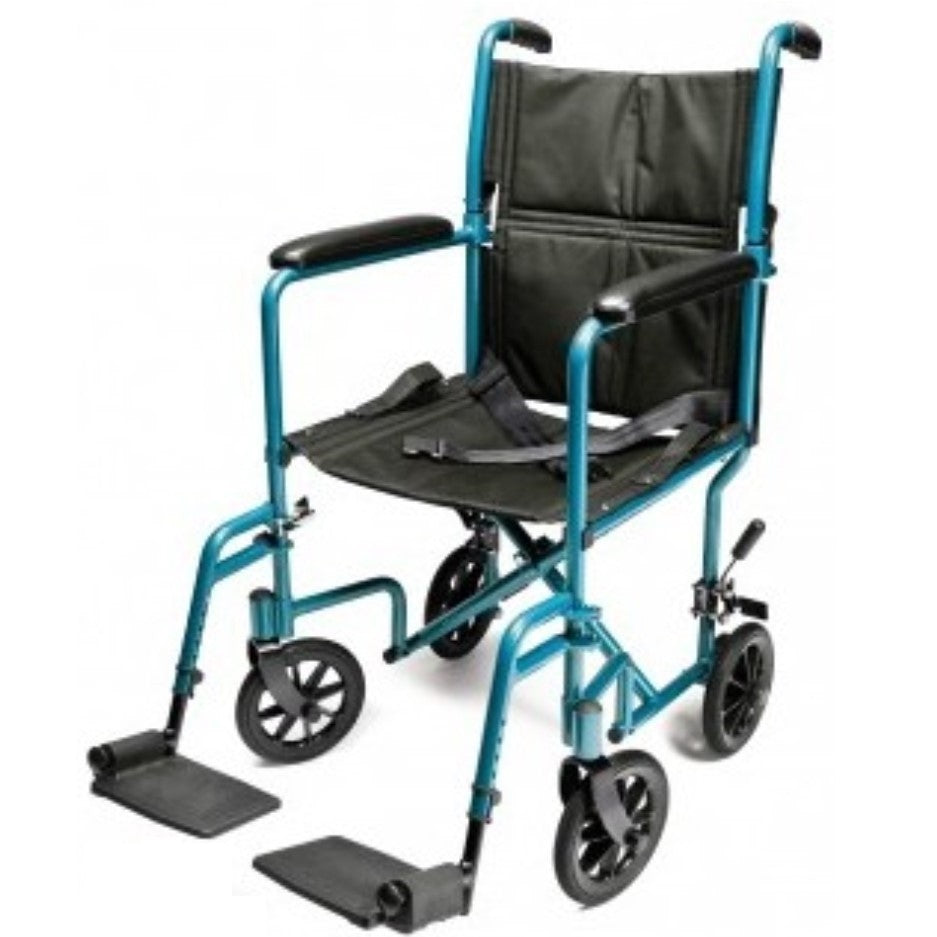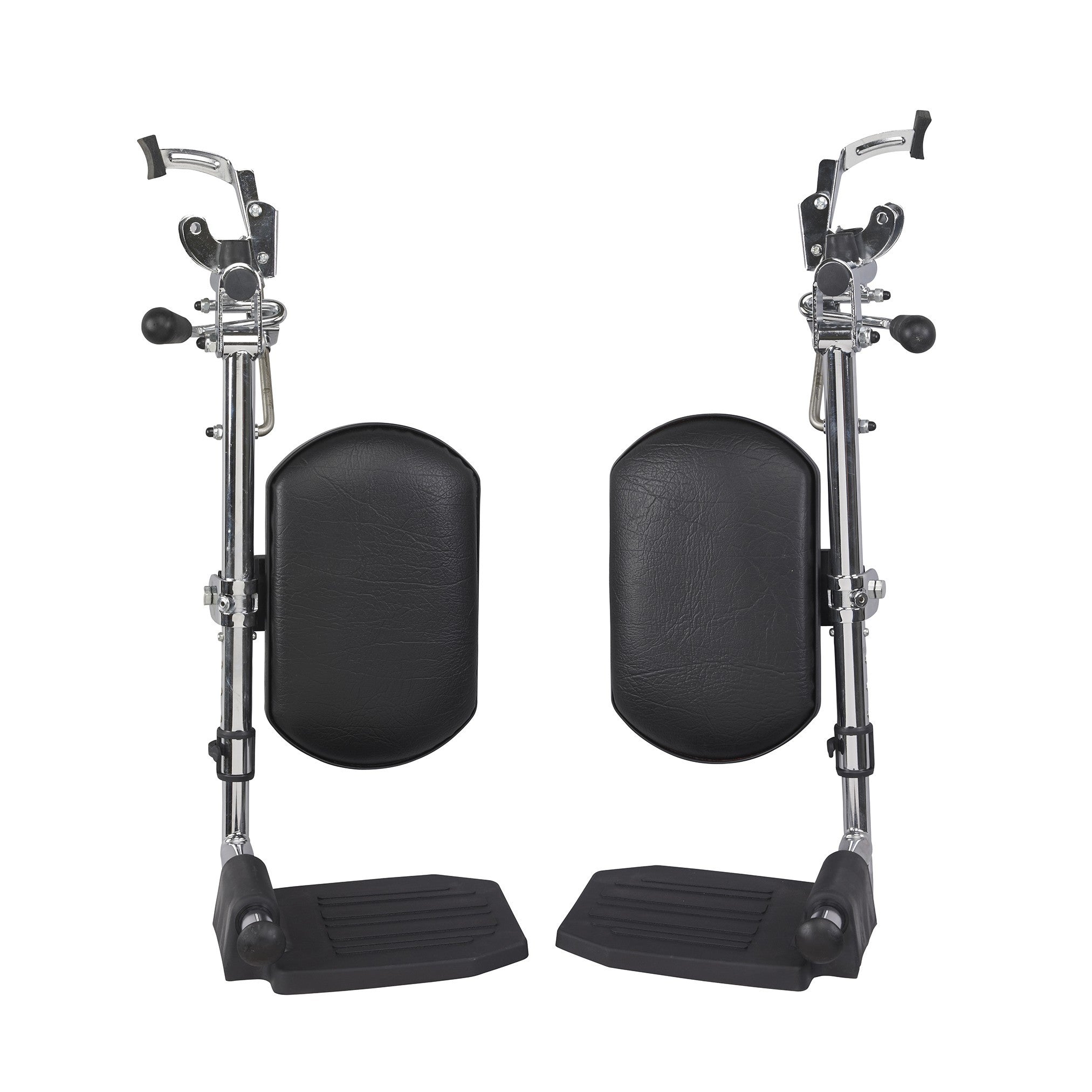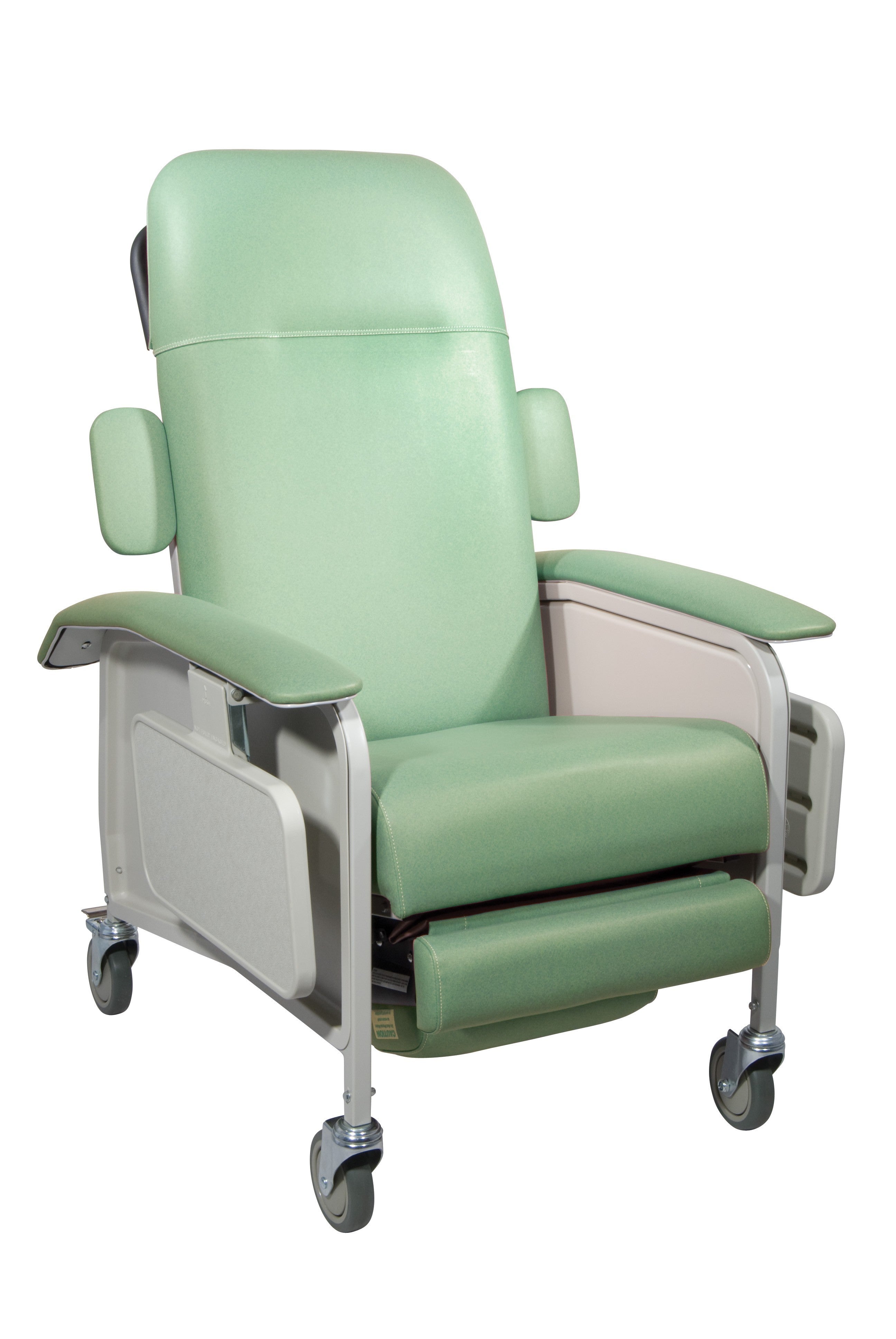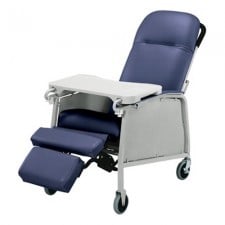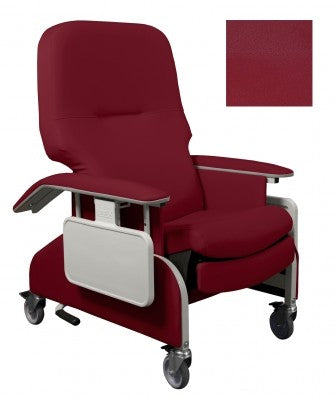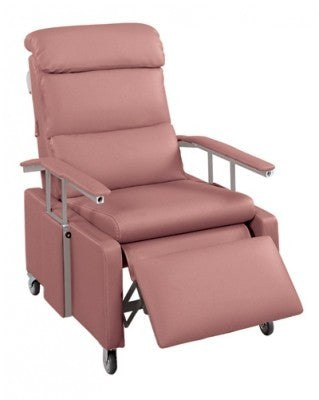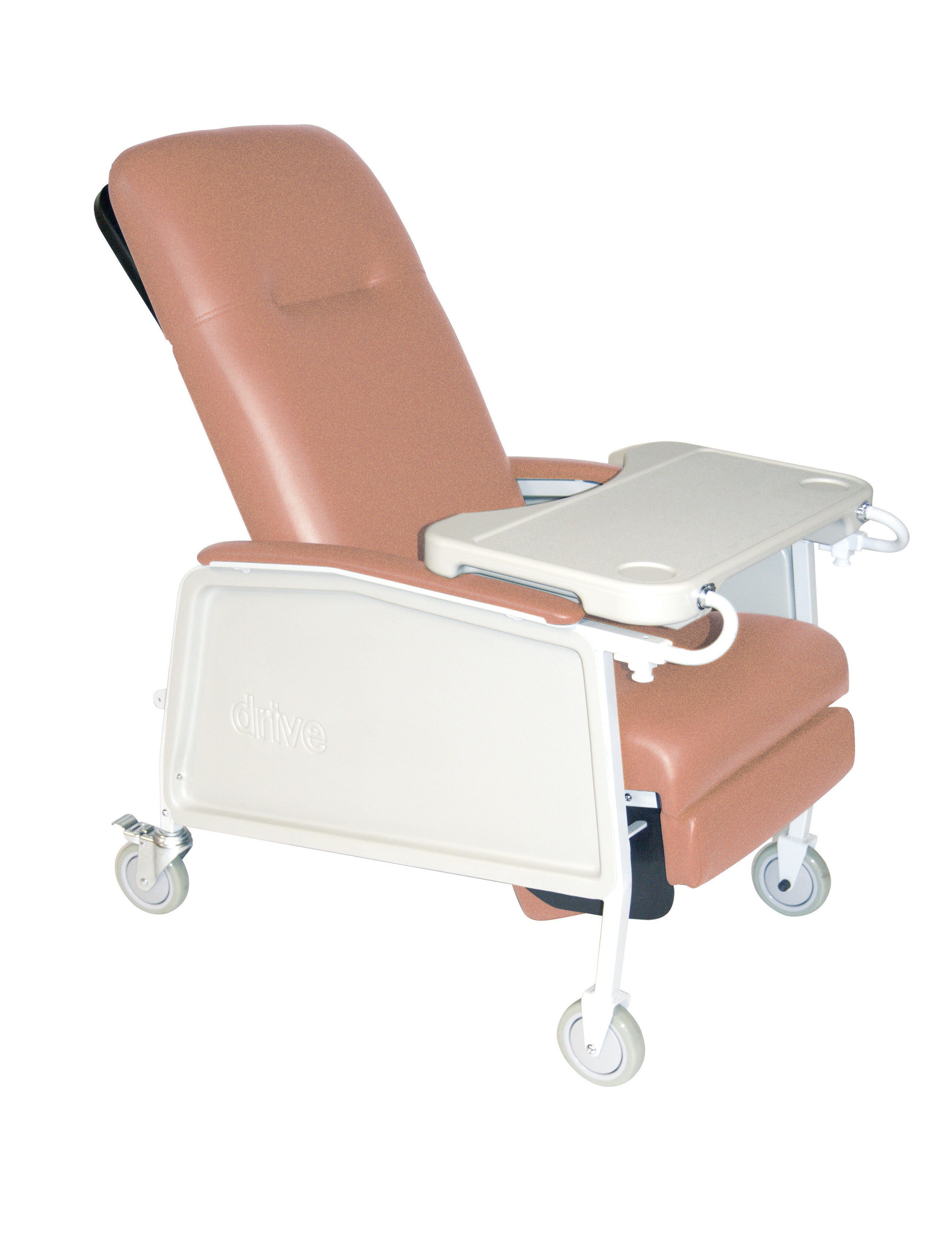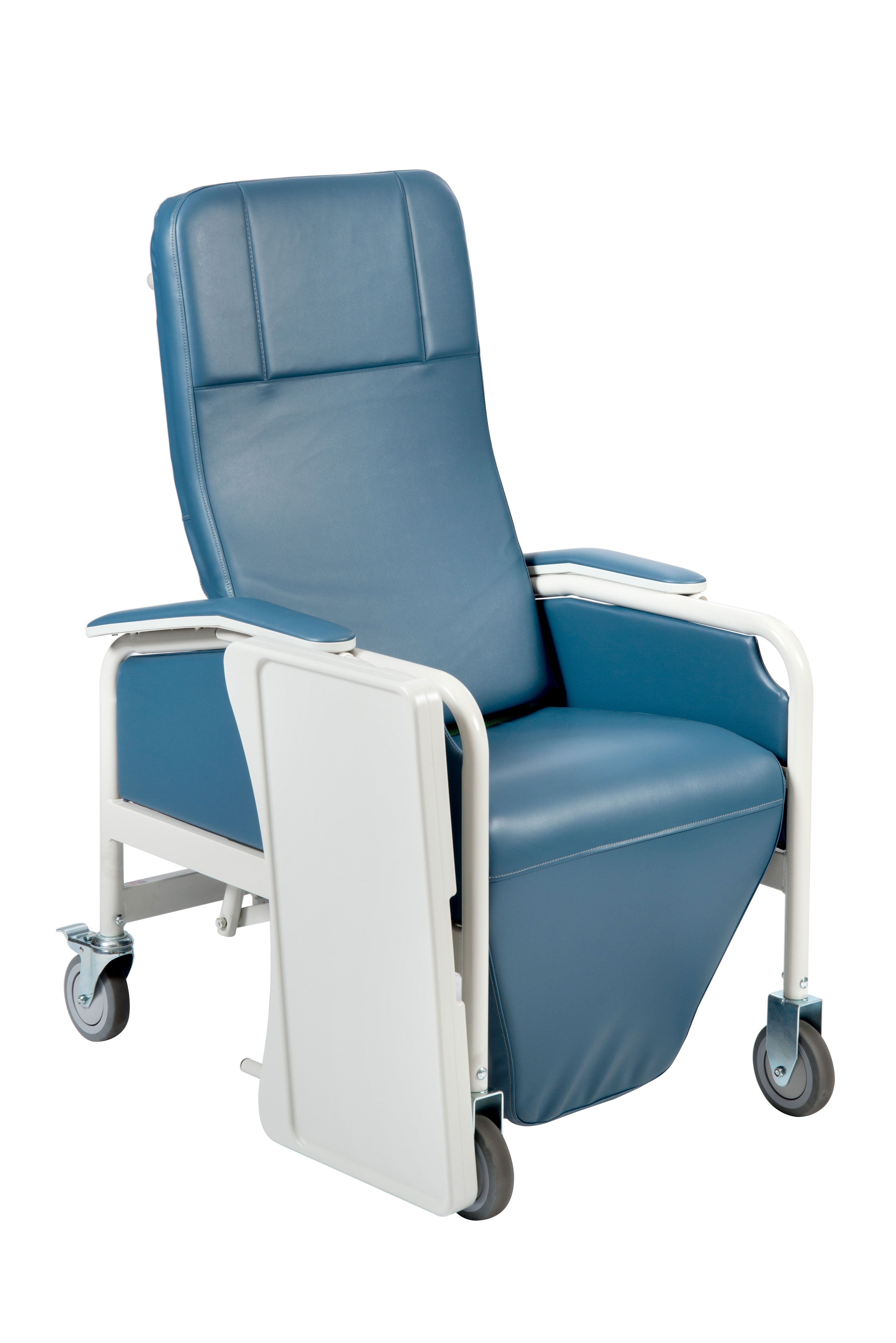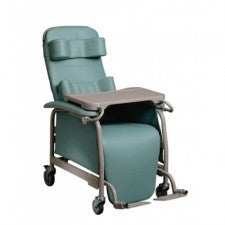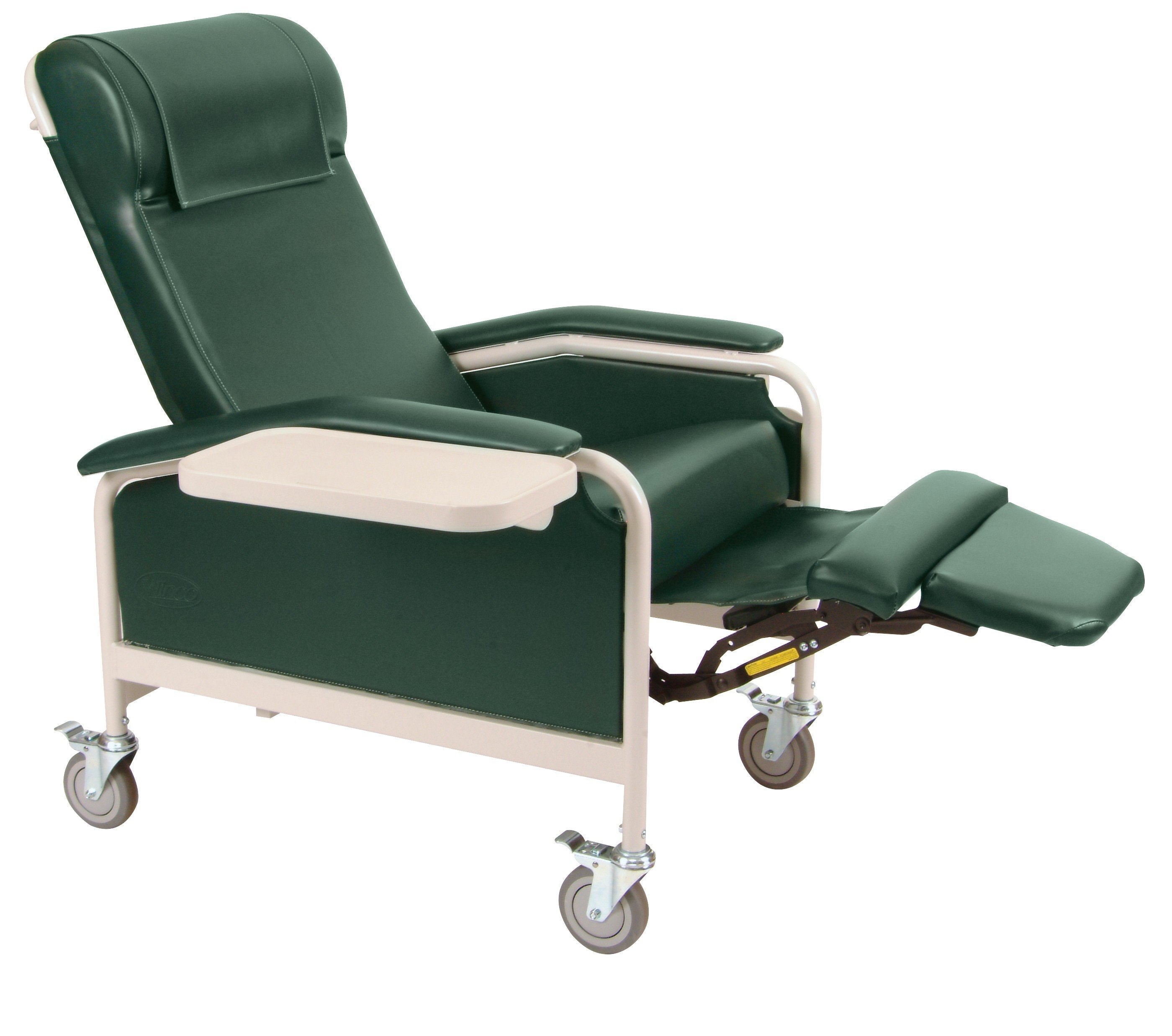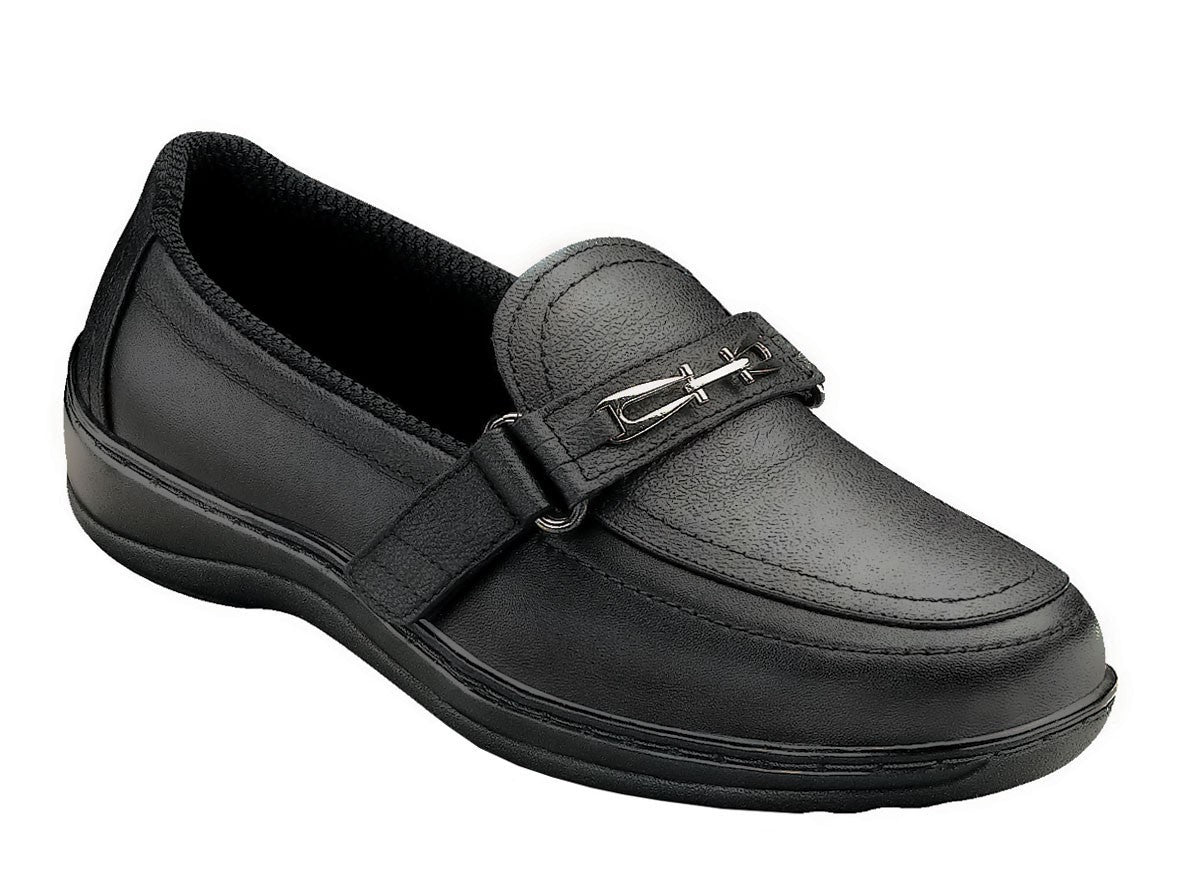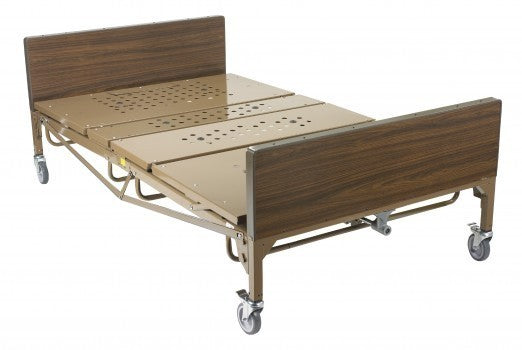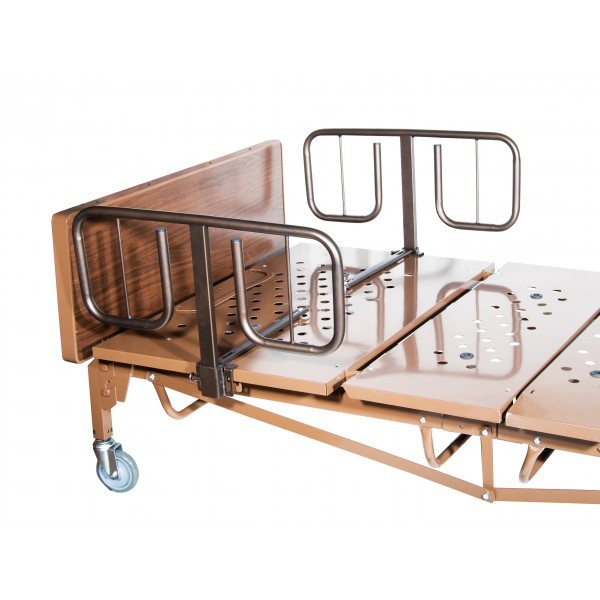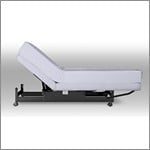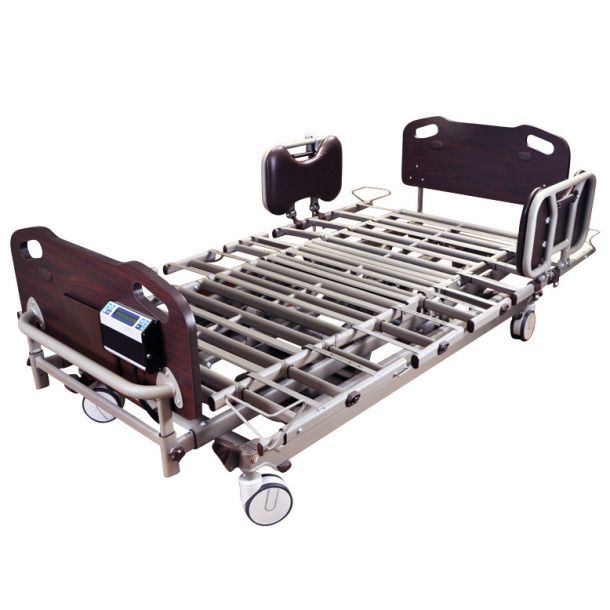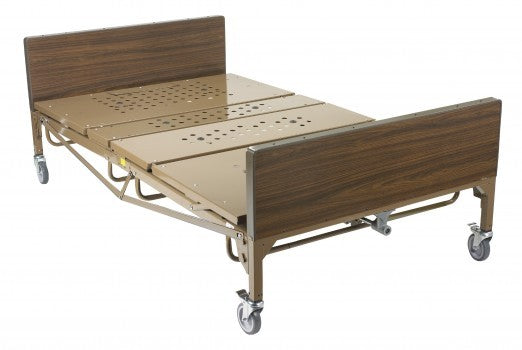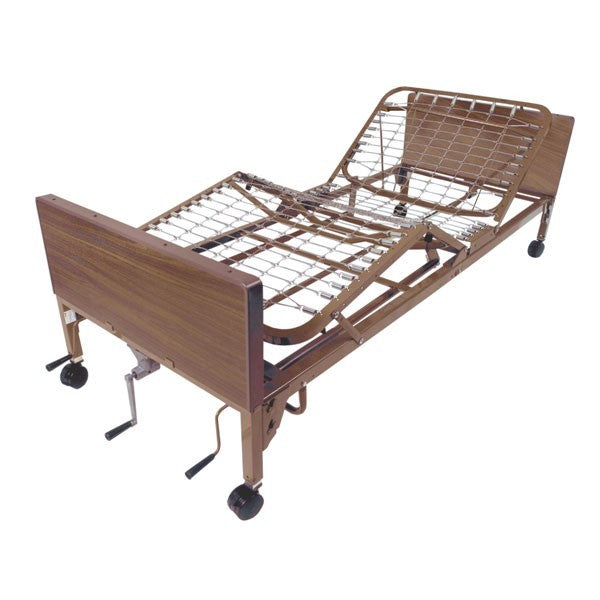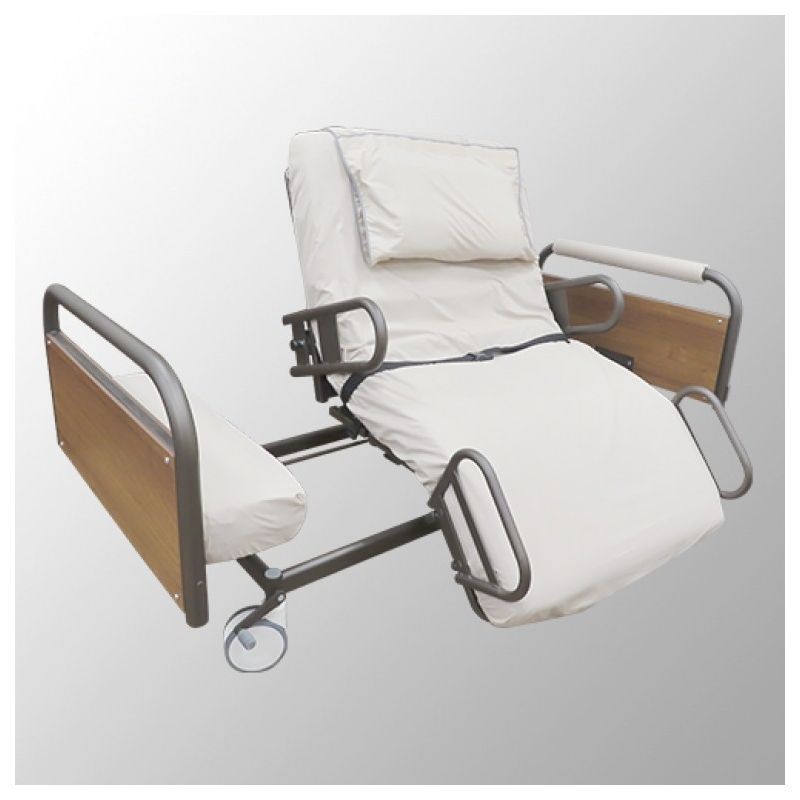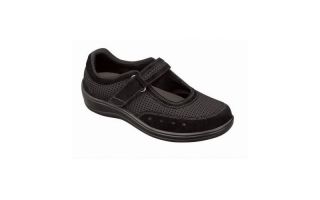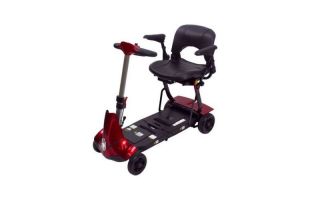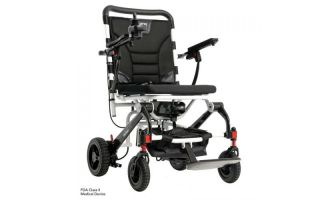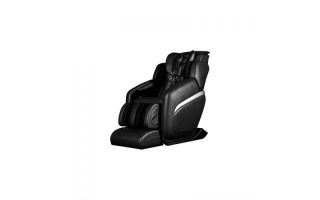For the growing aging population, mobility aids like wheelchairs, scooters, and rollators are essential for maintaining independence and quality of life. However, many standard mobility devices have high environmental impacts due to battery waste and non-renewable power sources. The green mobility movement aims to develop sustainable mobility aids powered by clean energy to reduce ecological footprints. Advancements in solar, kinetic and other eco-technologies are creating mobility options that can benefit both users and the planet.
The Environmental Impact of Traditional Mobility Aids
Most electric wheelchairs, scooters and power chairs rely on lithium-ion batteries that must be frequently recharged or replaced. Lead-acid batteries were previously common but are now avoided due to heavy metal pollution risks. Non-rechargeable batteries mean large quantities of depleted ones end up in landfills. Even rechargeable li-ion batteries still have limited lifespans. Production of these batteries uses substantial minerals, water, and energy. While mobility aids improve quality of life, their reliance on batteries raises sustainability concerns.
Solar Energy Solutions for Mobility
Some companies are applying solar technology to directly power mobility devices, eliminating or reducing battery usage. Photovoltaic solar panels built onto wheelchairs, walkers, and rollators can charge as users are out and about in the sun. This sunlight can then directly drive the motorized functions. For example, the Solar Mobility company produces solar-powered trikes, handcycles, and wheelchairs enabled by roof PV panels. Storing some solar energy in a battery allows use at night. Solar-charging mobility aids demonstrate how sustainable energy can reduce environmental impacts.
Harnessing the Power of Motion
Beyond solar, technology now allows mobility aids to generate their own clean power through the user’s motion. Dynamos and regenerative braking systems can capture the kinetic energy from the wheels moving or braking. This energy gets converted into electricity to help recharge batteries on board. The more the mobility device moves, the more it self-powers. Companies like Green Energy Options integrate regenerative braking into manual wheelchairs to achieve partial self-charging. Motion-powered battery refueling reduces the need for electrical grid recharging.
Clean Battery and Fuel Cell Options
Green mobility technology also looks at battery composition itself to increase sustainability. Lithium ferrophosphate batteries substitute more toxic metals for safer compounds. Some newer batteries utilize graphene, eliminating heavy rare earth metals. Fuel cell systems that run on compressed hydrogen like those being tested by Toyota also show promise as lightweight, rapidly refuelable power. While still developing, these alternative batteries and energy sources present options beyond conventional lithium ion batteries.
Making Mobility Aids More Lightweight
Improving design and materials helps maximize what limited energy green mobility aids can generate and store. Lightweighting wheelchairs, walkers, and scooters requires less power to move them, extending battery life and solar or motion capabilities. Strong yet lightweight materials like carbon fiber, aluminum, and plastic composites replace some steel components on new mobility aids. More compact, energy-dense motors also reduce weight. This allows the same battery capacity to enable greater range, speed, and efficiency.
Recycling and Refurbishing Used Mobility Aids
The most sustainable mobility aid is one that avoids the waste stream entirely. Organizations like the Wheelchair Recycling Foundation refurbish donated used wheelchairs to provide renewed mobility. Older wheelchairs and batteries can be fully recycled rather than landfilled, recovering materials like aluminum and lithium. Designing mobility aids so they can be more easily disassembled supports recyclability. Renting or sharing programs for mobility aids can also prolong lifespans and reduce waste.
The Future of Green Mobility Technology
Eco-friendly mobility aids are still emerging but hold promise to transform aging access while benefiting the environment. Continued solar efficiency improvements, better kinetic capture systems, alternative batteries, and lightweighting will enhance sustainability. Ideally smart grids could provide charging through renewable energy sources to mobility devices rather than carbon-based power. With commitments to sustainability, mobility aid users and manufacturers can find solutions that are both life-changing and ecologically progressive.
While mobility is essential at every age, we must also consider its planetary impacts. Thankfully green technology and renewable energy offer options that can reduce the burdens of mobility aids. With innovative thinking, eco-friendly mobility solutions will only progress further. This will ensure the elderly and disabled can access mobility aids that enrich quality of life without sacrificing environmental stewardship.

